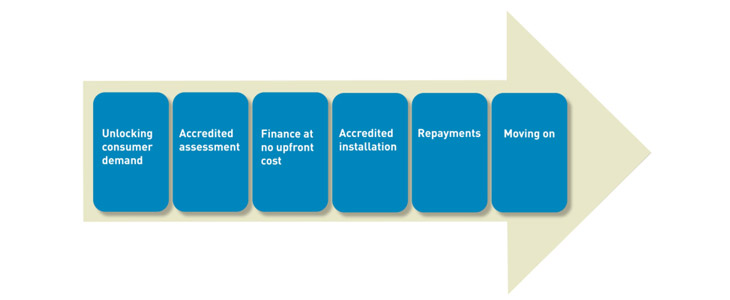Government Carbon Reduction Programs
In the pursuit of meeting the 2050 carbon targets set by the EU the government has launched several schemes to make the United Kingdom’s existing building stock more energy efficient. Terraco’s External Wall Insulation is an excellent way of insulating a building reducing the amount of energy and carbon used to heat it.
Find out how to save energy and CO2 and how take part in these exciting new programs.
The Green Deal
The Green Deal is a new Government energy efficiency policy, due to launching in October 2012 – January 2013. Under the Green Deal, customers will be able to make their homes and businesses more energy efficient at no upfront cost.

Advantages of the Green Deal
- Britain has some of the oldest housing stock in Europe
- 25% of UK’s carbon emissions comes from energy used to heat our homes
- A new programme to bring our buildings up to date
- The programme offers a significant opportunity for businesses and trades people
- The government expects to see billions of pounds lent every year with 14 million of the UK’s 27 million homes expected to benefit.
- Predicts it will create 100,000 jobs by 2015.
- Cutting carbon emissions will make real progress toward the UK’s 2050 emissions reduction target.
Read more about The Green Deal
ECO
The Energy Company Obligation (ECO) will focus on providing energy efficiency measures to low income and vulnerable consumers and those living in ‘hard to treat’ properties, such as period homes.
The ECO will be replacing the Carbon Emissions Reduction Target and the Community Energy Saving Programme after the introduction of the Green Deal in October 2012. There are some cases when the Green Deal Golden Rule – where monthly repayments are less than or the same as the energy bill savings that property owners make from the resulting efficiency improvements – won’t work and ECO will support these cases. The ECO will focus on:
Properties needing cost-effective measures that don’t meet the Golden Rule – for example, solid wall insulation
Lower income and vulnerable consumers
